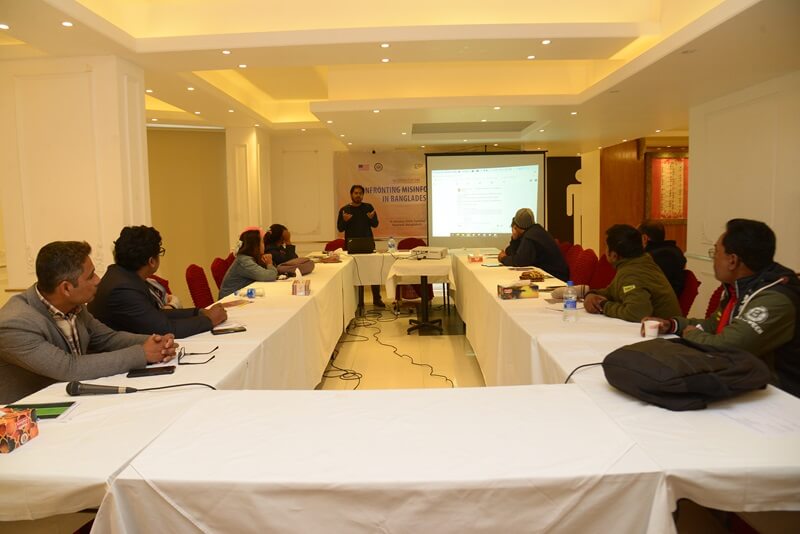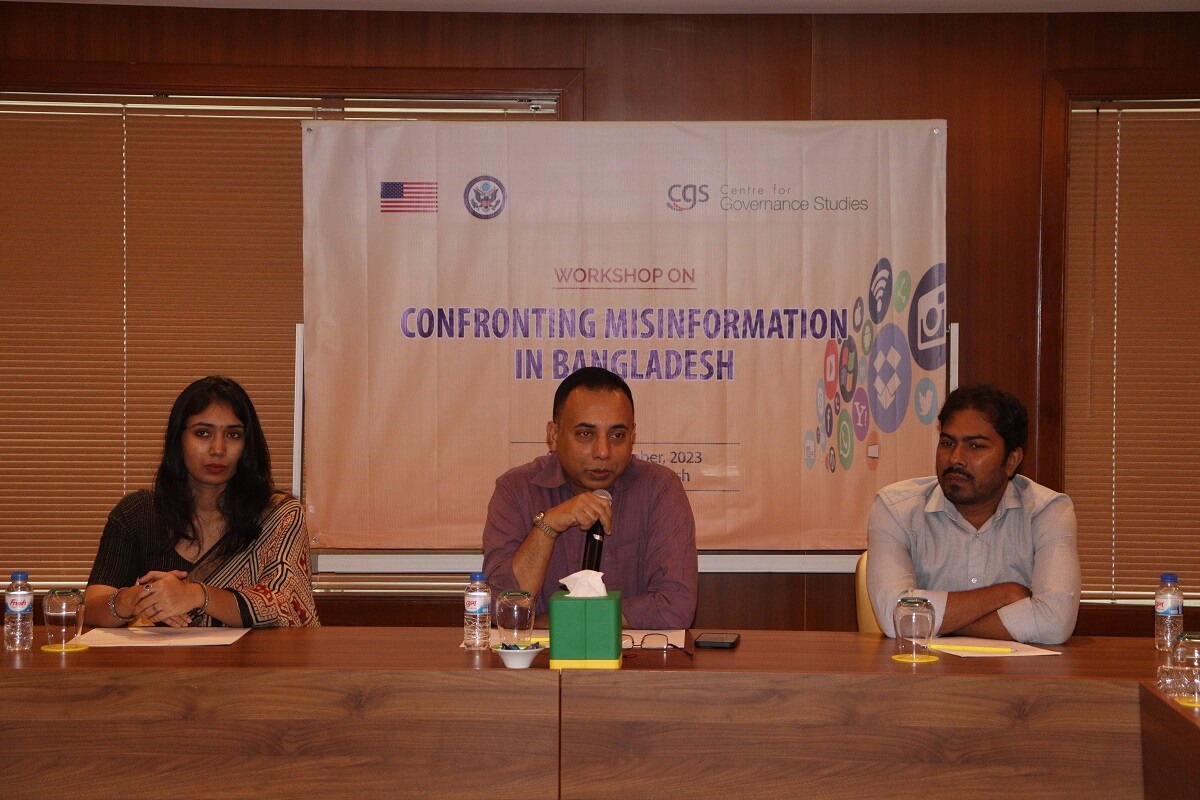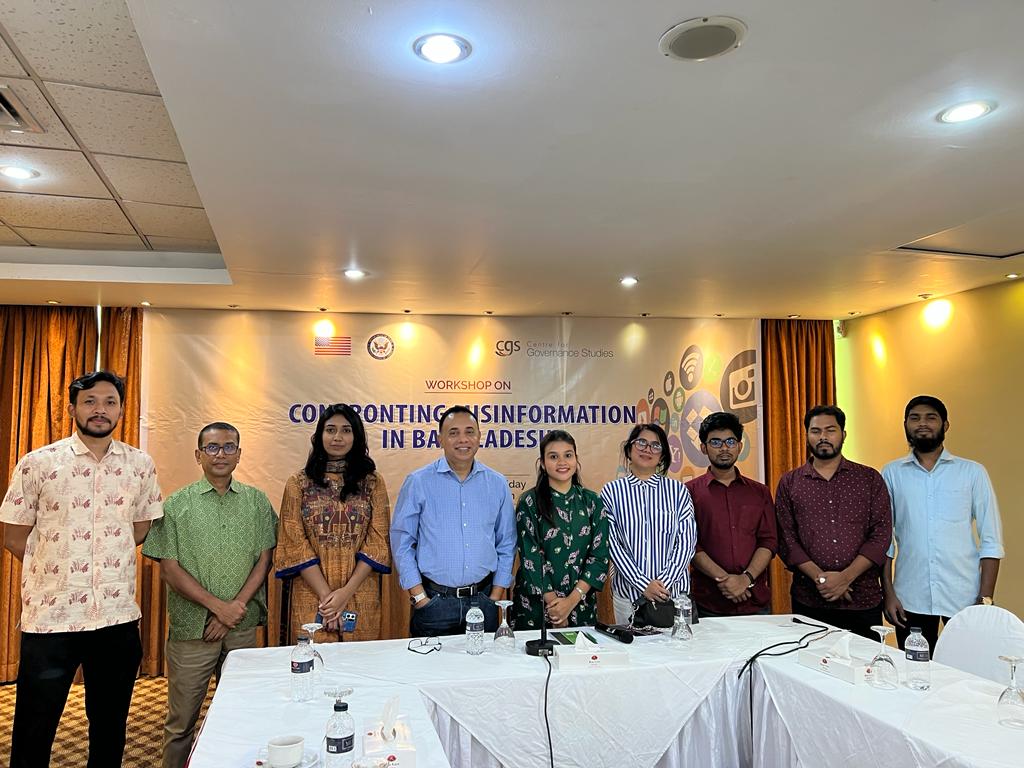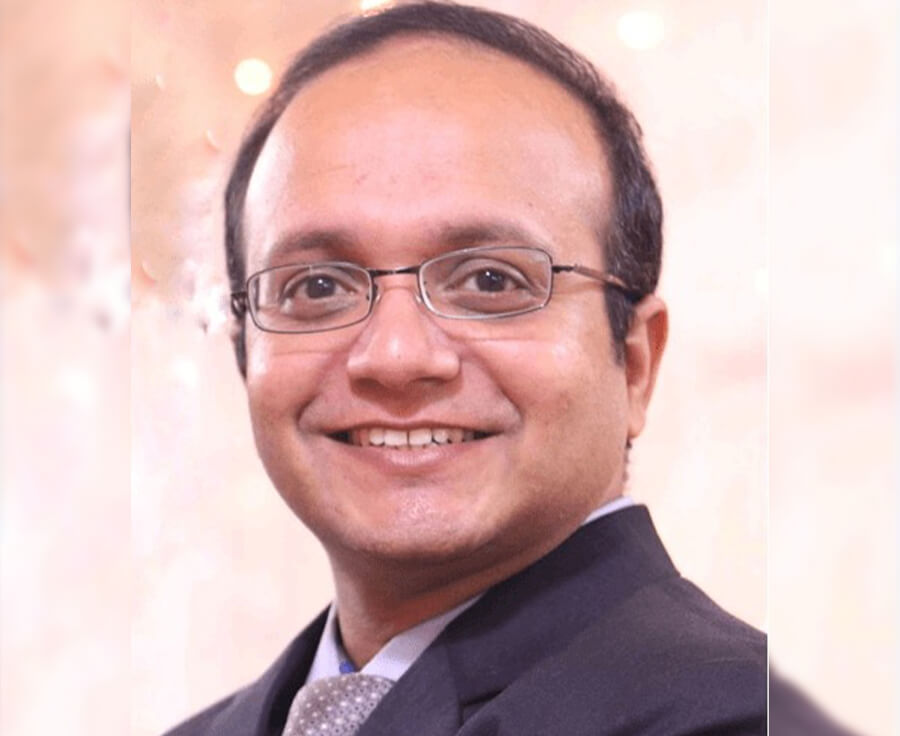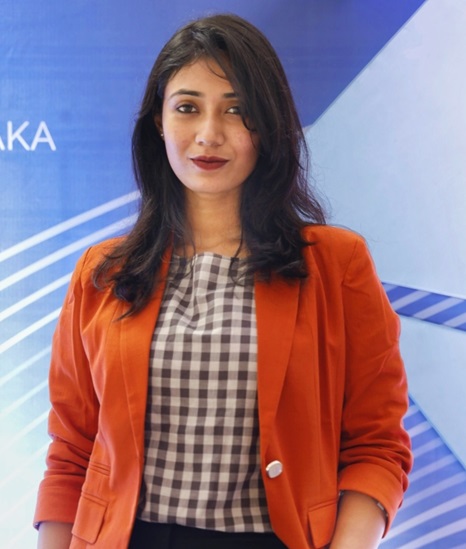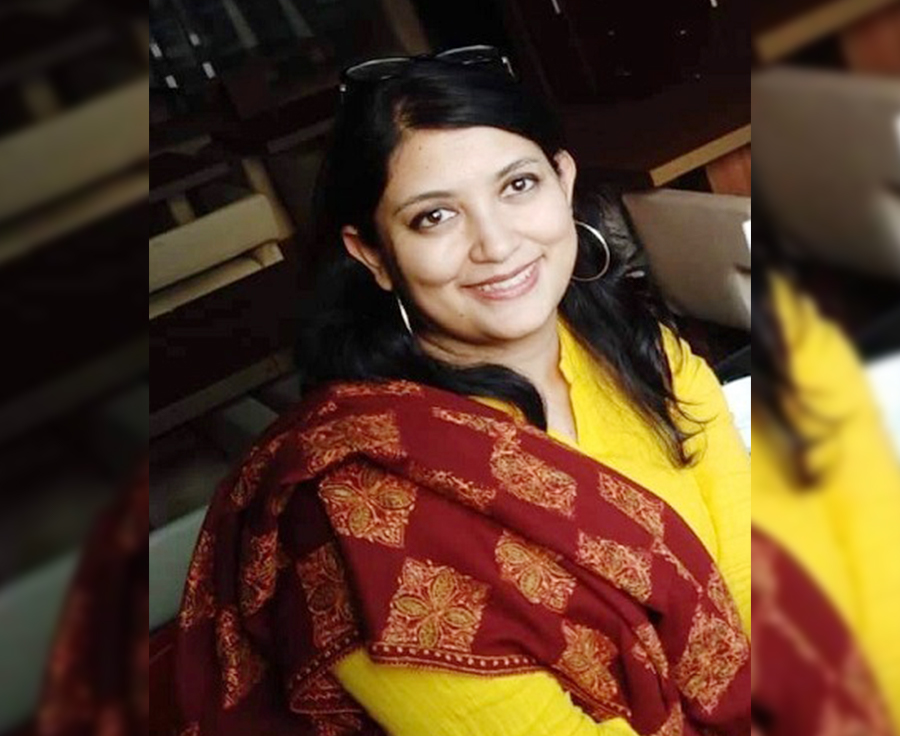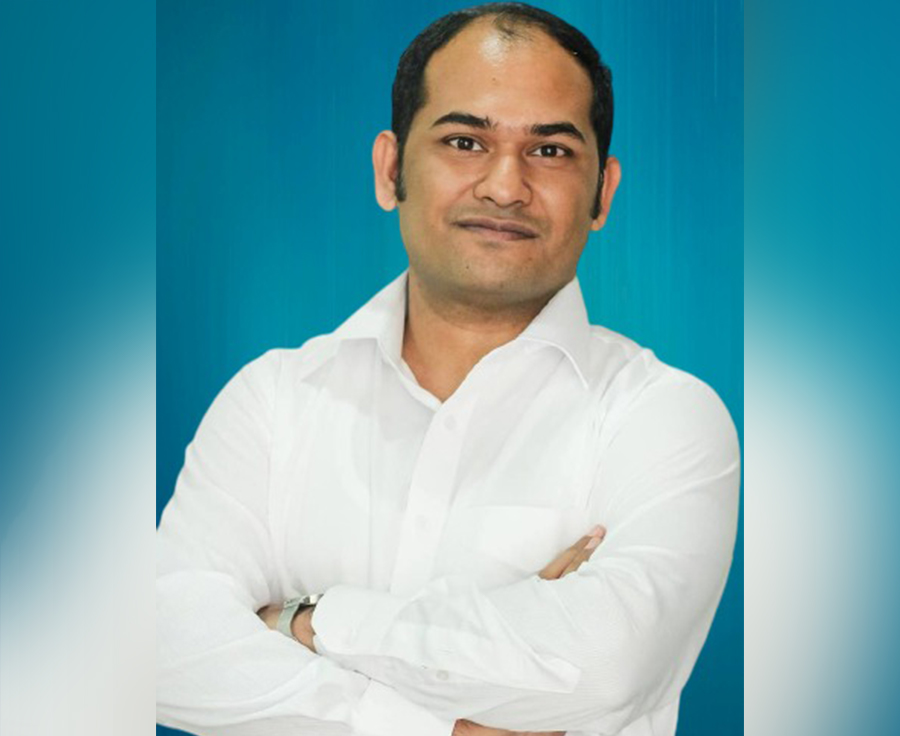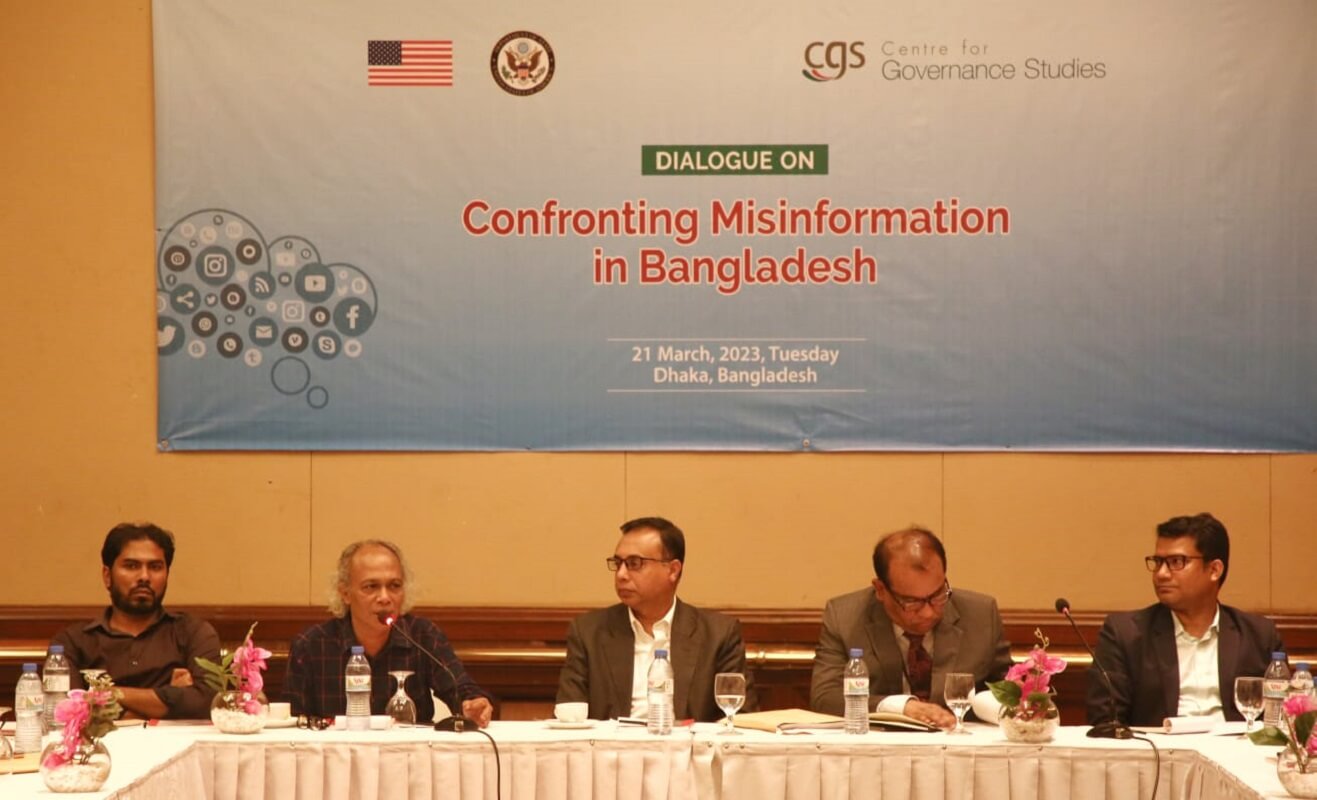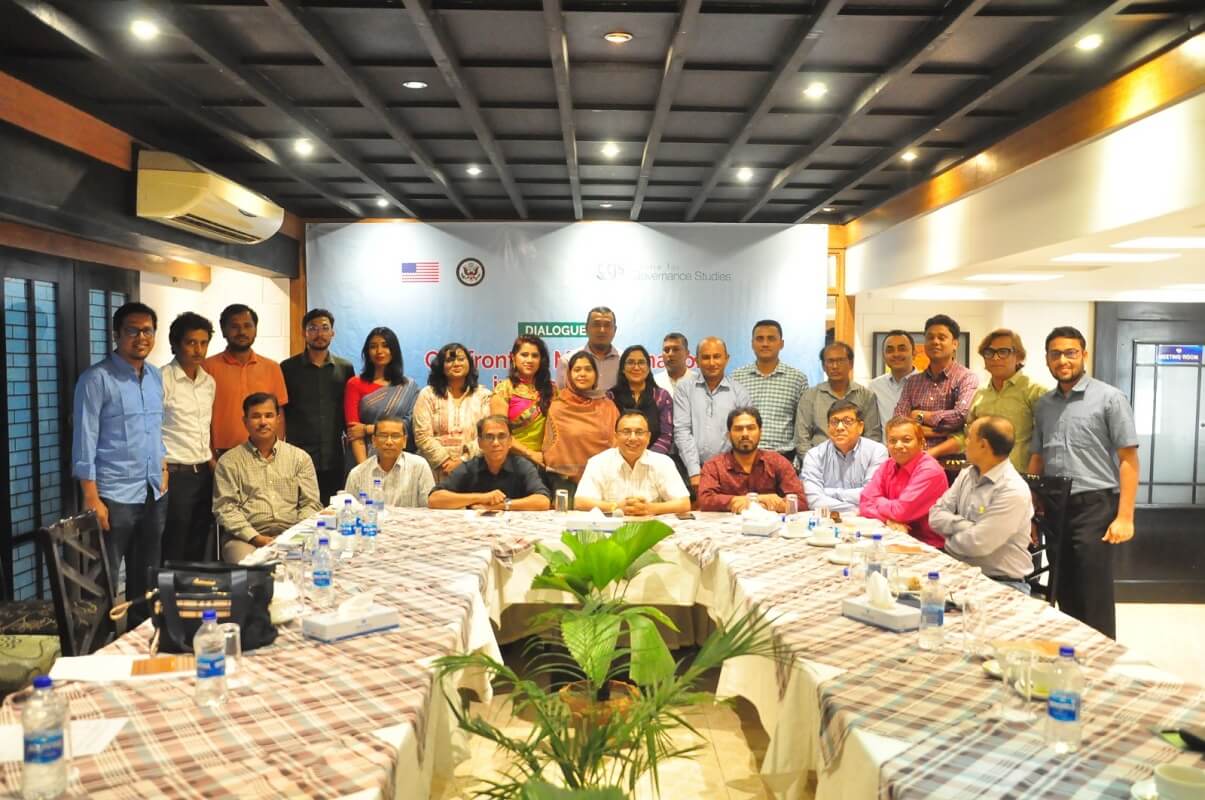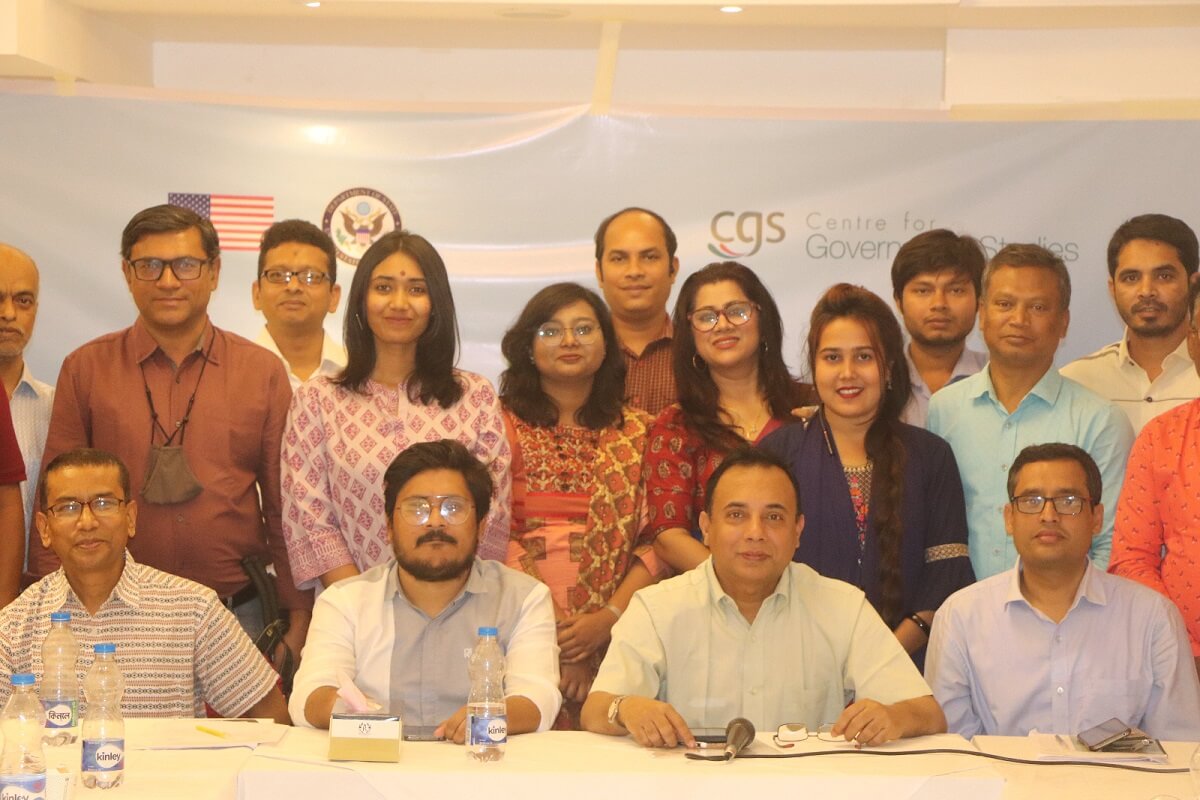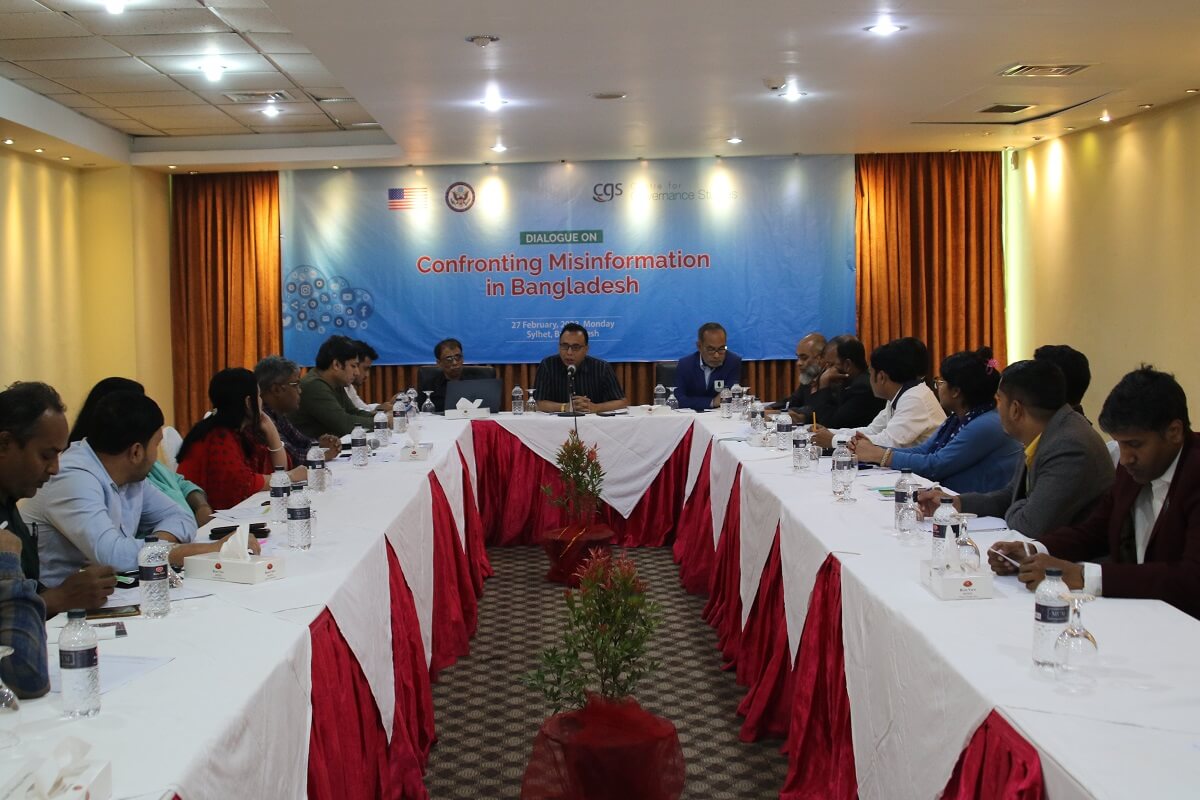Lecture By: Abdullah Al Mamun, Professor, Mass Communication and Journalism, University of Rajshahi.
Disinformation is distorted information that a person or group purposefully uses to harm someone or change people’s opinions regarding a fact. Information is a fact that produces meaning for us. Information flows by language, so there is no fixed meaning for it; there are always chances of imprecision. People with their own self-interests use the gap to manipulate and distort the information. Understanding disinformation involves three models: the persuasive power of rhetoric of leaders to rule the people in ancient Greek democracies, the use of propaganda and censorship in autocratic states, and the contemporary challenge posed by the overwhelming information flow on social media. People become puzzled by the relativity of information. In the 21st century, the internet and social media have brought about qualitative changes in disinformation production, circulation, and consumption.
The cost of spreading information has decreased, the source of disinformation is hard to detect, and artificial intelligence has made it easier for the disinformation bubble to reach more people because of the social media algorithm. The algorithm only shows people what they have already seen. Disinformation has been at the heart of the state system since the beginning of history, and it prevails today.
Lecture By: Kamal Ahmed, Columnist, The Daily Star & Prothom Alo
Fake news or false news is a perplexing thought beforehand a National election. Fake news can be articulated in different contexts. One can make fake news about a person or an issue, both with good and bad intent. Fake news propagators use the identities of established national or foreign newspapers to spread fake news. Before an election or during a pandemic, fake news is created with images that are not relevant to the main event news based on which the fake news is created. Fake news can be created by spreading a partial representation of a person’s speech, which will cause unintended consequences.
The election is the most sensational time of political turbulence. During a crisis, people become inquisitive about any solution to the prevailing problem. Fake news propagators take advantage of this opportunity and spread distorted news. Not only in Bangladesh, fake news has been dominating the information world in the United States, India, Pakistan, and the UK. The social media algorithm amplifies the spread of misinformation by showing the same kind of content all over social media based on the search history of the user. In Bangladesh, fake news is mostly about political rivalry and the enticement of communal hatred.
Lecture By: Fahmidul Haq, PhD, Visiting Professor, Center for Experimental Humanities, Arts Division.
Deepfakes use artificial intelligence tools to simulate people doing or saying things they never did or said, or appearing in fabricated situations without their consent. Diverging from Computer-generated imagery used in Hollywood for fictional scenes, deepfakes present a concerning rise in cases, escalating from 7,964 in 2018 to 45,047 in 2020. Specifically, face swap videos, a common form of deepfake, replace the source face with a target face through advanced image processing. Deepfakes create visual and audio distortion to place a person in a place or situation where and when he or she never was.
In a political context, deepfakes can be used to propagate false rumors about a candidate before an election, which may disrupt the election process and the stability of national integrity. One of the ways to deal with this complex problem is to increase media literacy. People should think twice, question the source, verify its contents, and be objective before sharing sensational news.
In the face of increasing deepfake incidents, fostering a critical mindset and promoting responsible information consumption becomes essential to safeguarding the integrity of public discourse and democratic processes.
Lecture By: Minhaj Aman, OS Investigator, Dismislab
Disinformation is distorted information that a person or group purposefully uses to harm someone or change people’s opinions regarding a fact. Fake news can be articulated in different contexts. Among the most hyped variants of fake news mediums, photo card manipulation is the most used. Fake news propagators use the identity and logo of prominent national newspapers, use graphics to publish the sensational part of the news and provide a detailed link in the comment section.
False statements by prominent figures, whether via editing statements or deepfakes, have been rampaging social media these days. There has been a tendency to publish only a particular clip of a video to mislead people. Hackers create malware, disseminate links to fake "meta' or "Google Bard" pages, and trick Facebook users into downloading their information, sustaining a vicious cycle of hacking. There are different kinds of clickbait disinformation, of which the primary intention remains to earn quickly from YouTube or social media. They are mostly charity, health, and environment-related buzzworthy news.
The basic mechanism to break the cycle of disinformation is to ask three questions: who is spreading the news, why, and when. No one should share or publish news without authenticating these three questions first.
Lecture By: Qadaruddin Shishir, Fact-Check Editor, Agence France-Presse (AFP)
Fake news is classified into two primary categories: misinformation and disinformation. Misinformation happens when false information is shared without knowing it's false, while disinformation is when someone intentionally spreads false information. This can be done by regular people who don't know how to verify information, but also by mainstream media, corporation houses, political figures, and religious leaders. Fake news is often spread through social media, but it can also be found in mainstream media like TV channels and print-online media. To fight fake news, it's crucial to recognize and reduce biases, while also making sure that information is verified before accepting it as true and reliable.
LATEST NEWS
